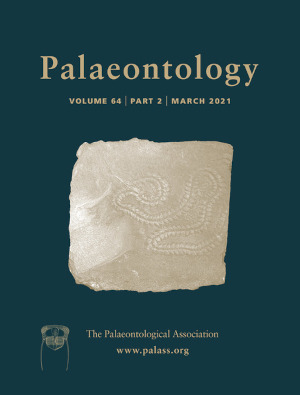Reg. Charity No. 1168330

Queuing behaviour has been documented in marine arthropods from Cambrian to modern oceans. It was previously hypothesized that this behaviour provided energy savings through hydrodynamic drafting, with trilobites in following positions hypothesized to produce less drag than those leading. In this study, we evaluate the hydrodynamics of queuing behaviour in the Devonian trilobite Trimerocephalus chopini using computational fluid dynamics. The results show that the drag forces of the trilobites following in the queue were substantially lower than those produced by the leader (˜65–79% lower at velocities of 0.5–2 cm s−1). Drag reduction was positively correlated with the movement speed of the trilobites, but decreased with increasing distance from the leader, and there was essentially no drag reduction at all for the first following trilobite when the following distance was greater than about six times its body length. This agrees with fossil evidence preserving trilobites in queues in close proximity to each other. The results also show that drag reduction was still significant (˜86.8% at 2 cm s−1) even for the longest queues preserved in the fossil record. Our findings support the hypothesis that the queuing behaviour of trilobites was an adaptation for reducing hydrodynamic drag. This drag reduction effect compensated for the energy cost of movement, which would have been particularly advantageous during migration.